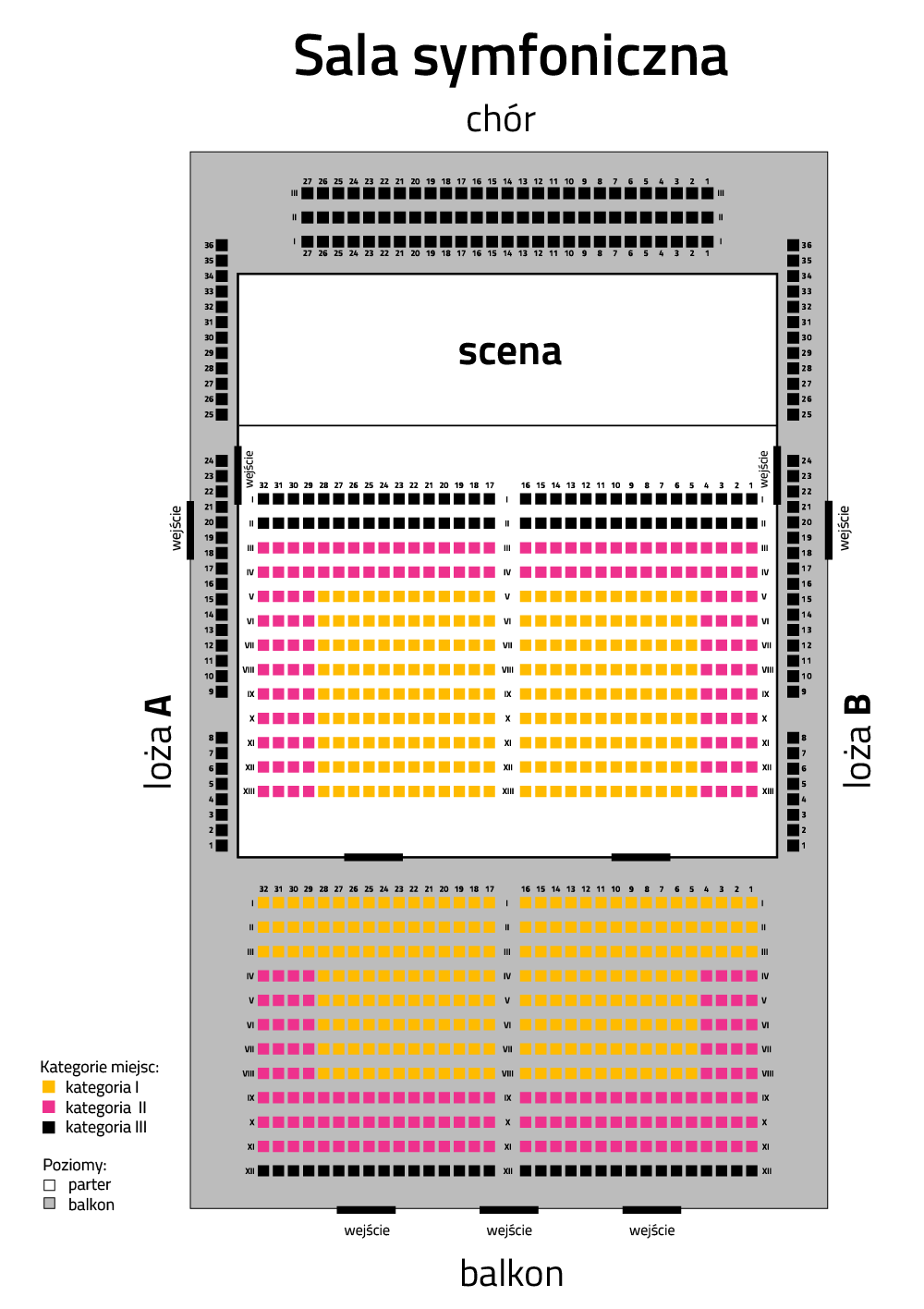Romantic composers were generally more divided than united. Against this backdrop, the friendship of Brahms and Schumann appears as something unique. It all started with a private recital on October 1, 1853, during which the pianist Brahms presented his piano works to Robert Schumann. When he finished part one of his Sonata in C major, Schumann left the room. He returned with his wife and asked Johannes to play again.
In his notebook he later wrote: "he is the one who was to come". Let's note Schumann goes for his wife so that she, as if being a high office, gives her stamp on the diploma. Well, Klara was then a composer and a great pianist (which was a historic exception in a world of music dominated by men). Let us remind you that sometimes she even surpassed her husband's fame, such as during one of the Emperor's recitals, when, after the performance of Klara, the monarch asked Robert if he also had any musical skills. The friendship was profound and lifelong. Brahms consistently took the Schumanns’ opinions seriously. After Robert's death, he sent his compositions to Klara, waiting to be judged like a schoolboy, for the praise from the music lady. There is no doubt that he had a deep affection for her, and, as she put it in a letter, "she loved him as a son." The nature of their intimacy was complex, but no wonder, after all, it was a romantic epoch and these feelings were never quite simple.
As for the Piano Concerto in D minor, the way to its final version was long, and this final version did not have a good reputation (bad reviews). Initially it was supposed to be a duet for two pianos, later a four-part symphony. To this symphonic character Brahms decided to compose a piano piece, transforming everything and giving the whole a classic, three-part form. As a result, we hear a kind of monumental symphonic concert, which is not a pure virtuoso show – it's rather David's kind of fight with Goliath (the pianist challenges the orchestra). There is a theory joining the drama of the concerto with the circumstances of its creation. So in 1854, when Brahms began working on the piece, he learned, unfortunately, from a newspaper, of Schumann's suicide attempt, by jumping into the Rhine. This was the result of a mental illness of the brilliant creator of "Dichterliebe". So if the work on Concerto in D minor coincided with the shocking news of a friend's illness and waiting for his recovery (he was in a private facility in Endenich) and seeing the suffering of Klara, we should not be surprised by the dramatic nature of the main piano theme of part one.
The solo part will be performed by Israeli pianist Roman Rabinovich, who has already won the hearts of audiences at such venues as Carnegie Hall in New York, Gewandhaus in Leipzig and John F. Kennedy Center for the Performing Arts in Washington.
Robert Schumann, like Brahms, initially thought of a career as a concert pianist. However, quite serious trouble with his right hand, caused either by too forceful exercises, or some inherent limitations (difficult to determine today), made him focus on composition. Schumann's symphonic work flourished in the 1840s when, after many years of dramatic endeavors, he married his beloved Klara Wieck. In 1841, after the success of the Symphony No. 1, another was written, which later became a part of history as Symphony No. 4 in D minor. The drama of this composition is also linked in literature with the circumstances of it creation. Perhaps the echoes of those years when the young couple were in love in secret, in fear of the obsessive opposition of Klara’s father Friedrich Wieck.
The piece was originally conceived as "Symphonic Fantasy", which featured the continuation of parts of the series without interruption. Schumann hated the situation in which the audience clapped between parts (which it is fortunate, as today the audience already knows that they do not clap between parts of a symphony).
Robert Schumann was an advocate of absolute music, namely sound art without any additional poetic refinement. According to Alfred Einstein, however, Symphony No. 4 is not completely devoid of extra-musical substrate. But it is hidden, giving itself only in «Romanze». He did not want to be more readable: music has to hide the program in mysterious depths "(A. Einstein, Music in the Romantic Era, p. 139). What kind of non-musical impulse was behind this piece? A note made by the composer in March 1841 in his "wedding diary" can cast some light, which is often associated with Symphony No. 4 in D minor. It talks about the desire to portray Klara in this work. It would not be the only piece in which Schumann portrays his beloved wife (in the free part of the cello concert there is a metaphor for dialogue with her). Well, Schumann, like Brahms, loved Klara and he always took her opinions into account. Both of them may also have realized that love can be blind, but it is certainly not ... deaf.
------------------------------
Mikołaj Rykowski PhD
Musicologist and clarinetist, doctorate, and associate at the Department Music Theory at the Paderewski Academy of Music in Poznań. Author of a book and numerous articles devoted to the phenomenon of Harmoniemusik – the 18th-century practice of brass bands. Co-author of the scripts "Speaking concerts" and author of the spoken introductions to philharmonic concerts in Szczecin, Poznań, Bydgoszcz and Łódź.
Exhibition available during event:
VI Międzynarodowe Biennale Plakatu Społeczno-Politycznego“Dwanaście uniwersalnych wartości:
nadzieja, tolerancja, szacunek, wolność, przełamywanie barier, spotkanie, odpowiedzialność, sprawiedliwość, porozumienie, solidarność, dialog, równość, które określiły nasze działania, jako drogowskazy wpisuję się w idee Biennale i stanowią linię przewodnią i motywację dla naszych dalszych działań”. Za słowami
Leszka Szustera – dyrektora Międzynarodowego Domu Spotkań Młodzieży i
Pawła Warchoła – kuratora wystawy, podpisało się kilkuset artystów z 27 krajów, tworząc
594 plakatów. Dzieła te stanowią graficzny odzew na współczesną rzeczywistość.



